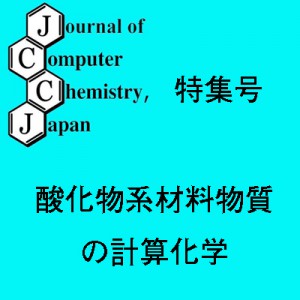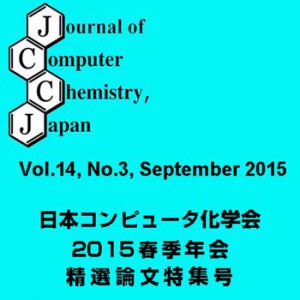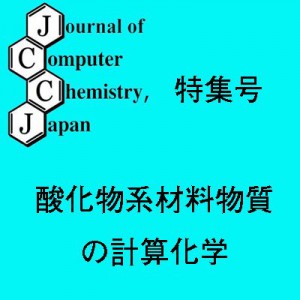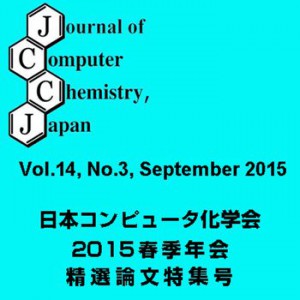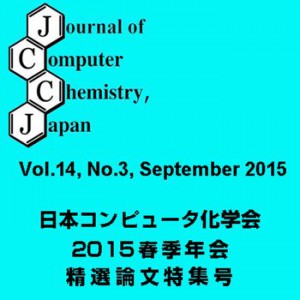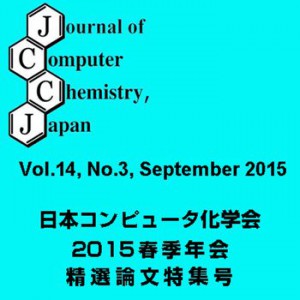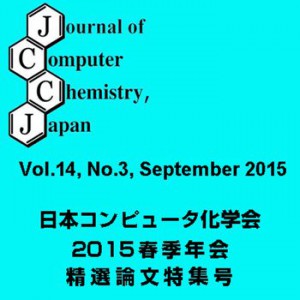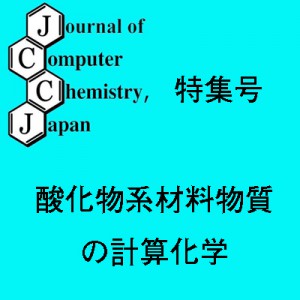<Title:> 分子動力学法によるSiO2組成フォージャサイトの熱膨張変化の研究
<Author(s):> 大川 政志, 堤 涼, 大石 駿介, 松本 泰誠, 山口 力
<Corresponding author E-Mill:> mokawa(at)numazu-ct.ac.jp
<Abstract:> マイクロ孔を有するゼオライトは,相転移や負の熱膨張など興味深い熱的挙動を示すことが知られている.様々な温度での三次元細孔の挙動を知ることは触媒反 応の点から重要である.そこで本研究では立方晶のフォージャサイト(FAU)の構造を有するSiO2組成ゼオライトを分子 動力学法により100 Kから1100 Kの範囲で計算を行い,格子定数および細孔に相当するスーパーケージのリング構造の変化を検討した.この温度領域において立方晶の構造は維持され格子定数 aは温度上昇とともに減少し,負の熱膨張を示した.二体相関関数からは第一近接のSiとSiの原子間距離は2種類ありそれらの温度に対する挙動が 異なり高温での負の熱膨張はSi-Si距離が減少することにより引き起こされていることが分かった.スーパーケージの12員環のリング径の平均値 は温度に対してほとんど変化しなかったが,温度上昇に伴い振幅は大きくなり600 K以上では10%以上変化することが分かった.
<Keywords:> molecular dynamics simulation, zeolite, faujasite, negative thermal expansion, ring structure
<URL:> https://www.jstage.jst.go.jp/article/jccj/advpub/0/advpub_2015-0020/_article/-char/ja/
